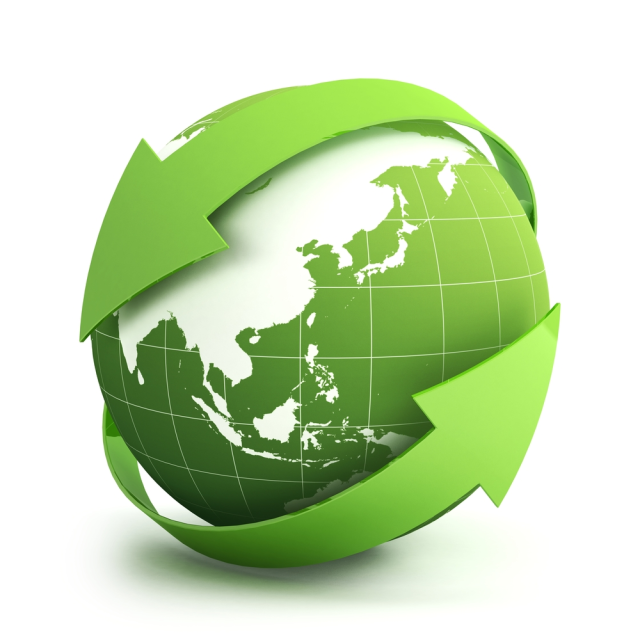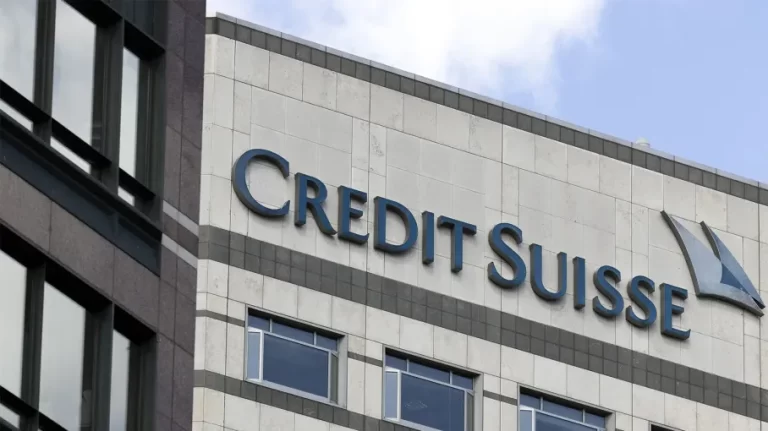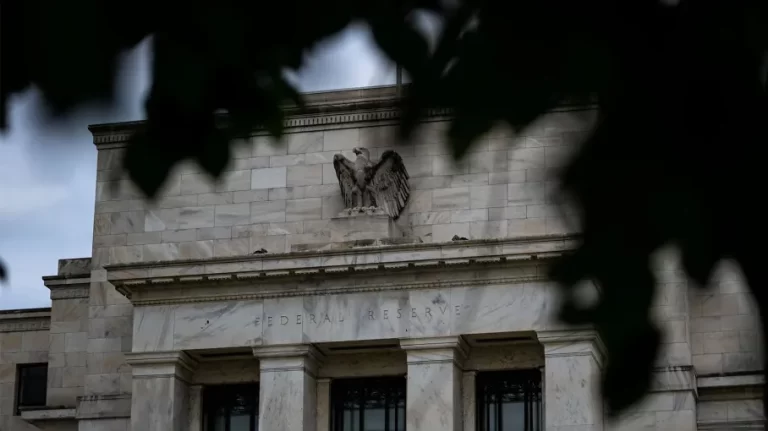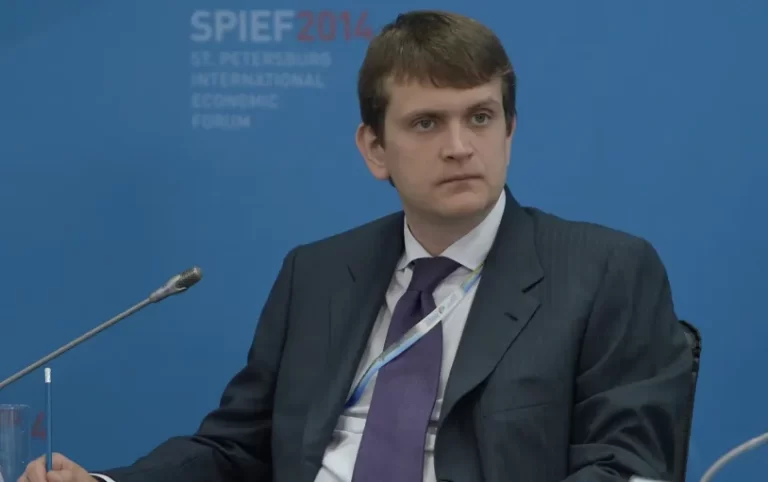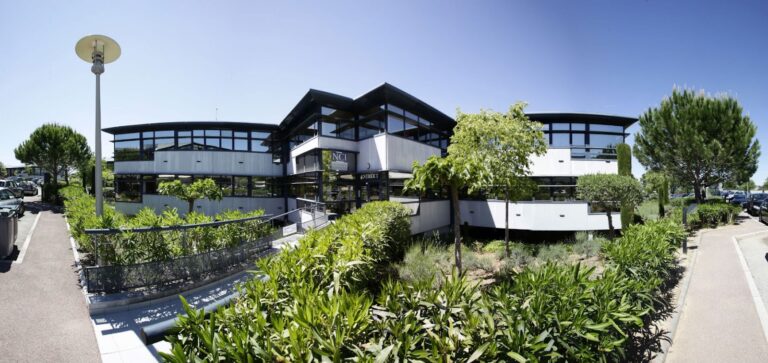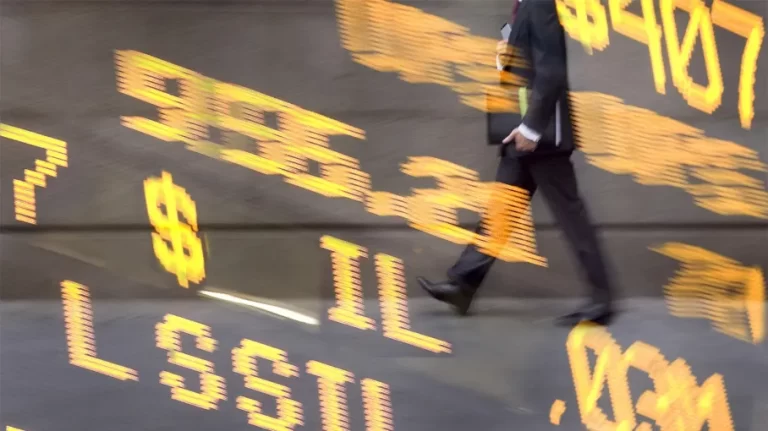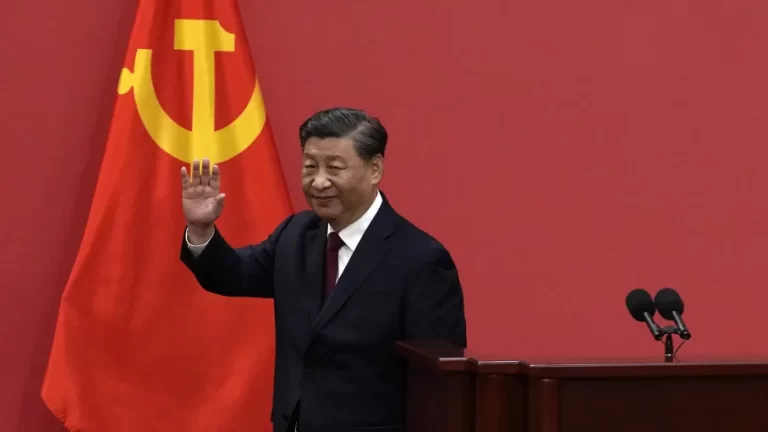The right to be ranked: why make lists of the best wines
On October 31st, Russian wine market will know the names of its new heroes. The annual rating Top100wines.ru will publish an updated list of the first hundred of Russian wines, and with renewed vigor disputes will flare up, who, with whom, why, and how deservedly has the right to share the palm of primacy on Russian Wine Olympus
Updating a wine rating is tied to the cycle of nature – the release of new vintages – and the publication of the wine rating compares favorably with, say, a change of political leaders, which, for example, is anecdotally frequent in Britain, while in China, on the contrary, is symptomatically rare.
In principle, any stable and systematically developing community deserves its fair hierarchy.
Winemaking is a serious and mythologized area of human knowledge. It is akin to religion: each harvest brings good news, gives new hope and makes us believe in a miracle. The wine rating does not intrude into this sacred process, but offers a logically valid frame of reference and with its help helps to balance the emotions. The wine world is multi-polar, and there are more than three dimensions to its frame of reference. The merit of a wine and its market price are measured not only on the natural-climatic axis (terroir) or on the historical-time axis (ageing period), but also on the scientific-technological, market-economic, and, for some time now, on the geopolitical axis as well.
The way of Russian wines to the list of the first hundred this year was complicated not only by notorious logistical problems. Even before these, the latter, escalated, the organizers of the rating limited the quota for wines from one company in the first hundred by a mystical number four and simultaneously increased the number of categories represented in the rating at the expense of rosé and liqueur wines. But even despite the fact that it became more difficult to break into the Top-100, the number of companies that provided their samples for the qualifying tastings almost doubled one and a half times compared to last year. The growing wine market needs rating, as any water area needs a logotype.
This year’s nominations, apart from the traditional category set, include: Rising Star for a successful start in winemaking, Wine in the Vineyard for the development of enotourism, as well as Best Wine from autochthonous grape varieties. In addition, the organizers decided to conduct a “popular vote” through social networks, giving subscribers of several partner sites and Telegram-channels to determine their top ten.
In response to a possible rebuke of excessive nominations, winning any of them does not exempt the leaders from responsibility. As the idiomatic dictionary says, the expression “to give out to all the sisters in earrings” implies not only “presents,” but also “for peanuts.
The wine assembly, where the first hundred of the best Russian wines of the year will be announced, will start with a business conference. Its speakers – chief executives of wine companies and relevant agencies – will discuss a historic chance to revive Russian winemaking in a roundtable format. The topic is loudly announced, but it is not just a high-flown phrase. It is not often that a chance to take the currently vacated niches of the wine market falls. And it seems that despite all the logistical problems, the fortune finally smiled on the domestic winemakers. It remains to be seen whether they are ready for this historic moment. Do they have a moral right and physical ability to quench the thirst of mass consumers and at the same time claim to replace premium imports? And in the end, how justified is the Russian wine community’s claim for an industry rating?
Perhaps only on October 31 this question can be answered with the words: “And what the heck!”
